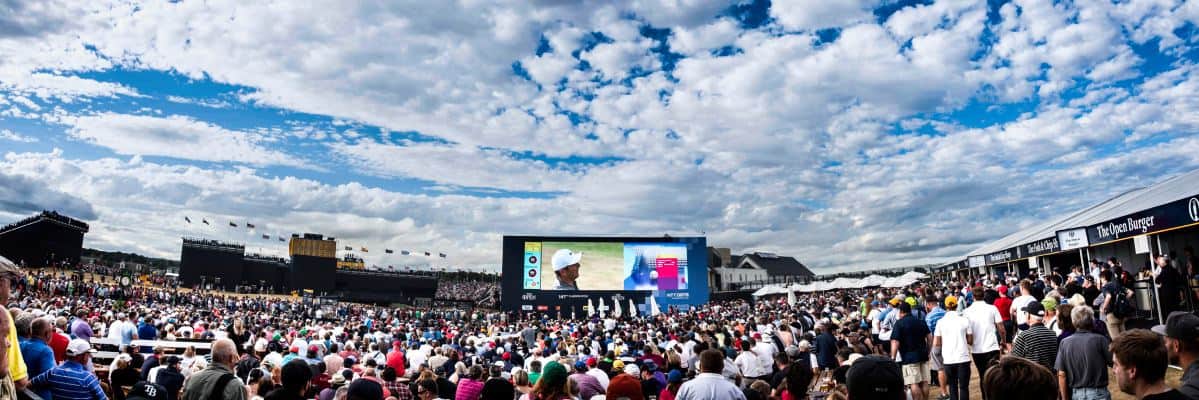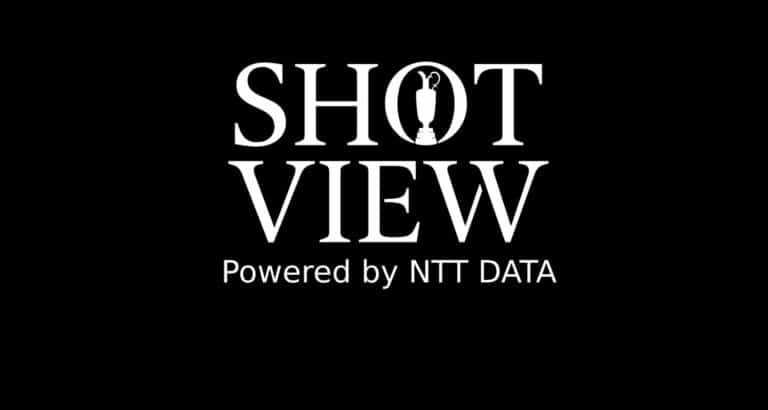NTT DATA used drones and laser scanners to simulate The Open, an annual golf tournament. The IT giant developed a digital twin. Terrain, golfers and strokes are simulated in real-time.
The 150th edition of The Open takes place in Scotland between the 14th and 17th of June. Techzine is on location. Not for the golf, mind you, but to report on a project by NTT DATA. The IT giant uses drones and laser scanners to simulate the tournament in real-time. The simulation is available on The Open’s website until 17 June.
Digital twin
Accurate real-time simulations are known as ‘digital twins’. A digital twin is a digital copy of a physical device, building or — in this case — tournament. Organizations create digital twins by collecting and processing data in the physical environment.
When developing a digital twin of a device, you’ll need to know what material the device is made of, how much grease is on the hinges and where the device is located. The data required is extensive. Developers strive towards a digital copy that functions identically to a physical version. Even the humidity and radiation of the surroundings can be relevant.

Some organizations use digital twins to predict problems. If you want to know what a rainstorm will do to a device, checking a box in the application can be sufficient. Naturally, that’s preferable to exposing the physical device to an actual rainstorm.
With the right sensors, researchers could create a digital twin of the human body and measure the effects of illnesses or accidents. Today’s technology is miles away from that stage, but the potential is endless.
In practice
The golf tournament’s digital twin won’t be winning any Nobel Prizes, but the technology is impressive nonetheless. According to NTT DATA, the simulation consists of millions of data points. The terrain is simulated with data from drone photos and laser scanners (LIDAR).
The simulation is available in a webapp on the website of The Open. The location of golfers is presented in real-time. When clicking on one of the golfers, the golf ball’s location comes into view. Sensors around the area ensure that every stroke is immediately visible. The simulation is similar to a live video recording of the tournament. The difference is that each event is visualized based on a calculation.
Video is an excellent means of broadcasting sports events to remote viewers. NTT DATA isn’t set on replacing video. The IT giant wants to complement broadcasts. The technology is interesting for television channels and match organizers that want to present data to viewers. A digital twin of, say, a football match allows the broadcaster to add real-time statistics to video feeds. Besides The Open, NTT DATA is collaborating with the Indianapolis 500 racing competition.
